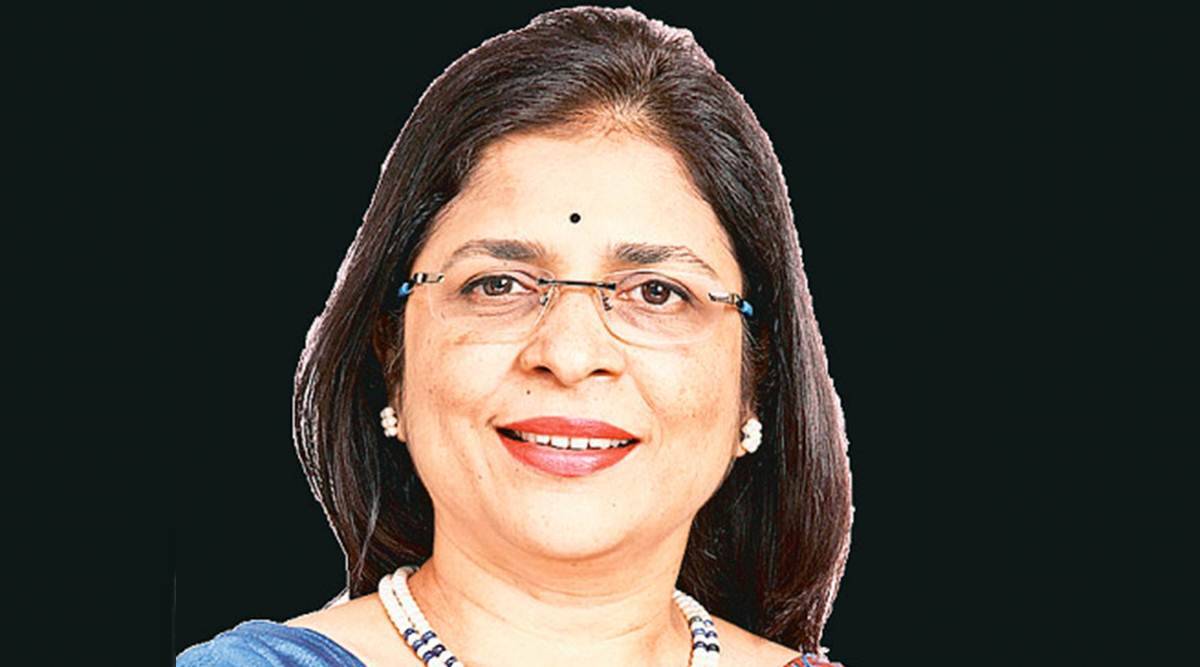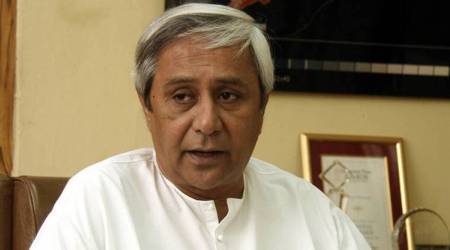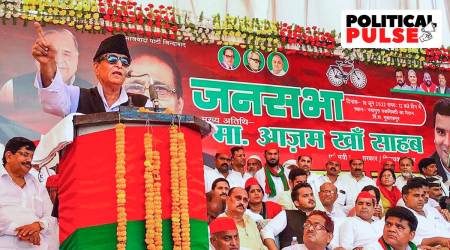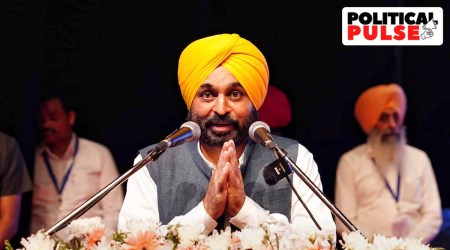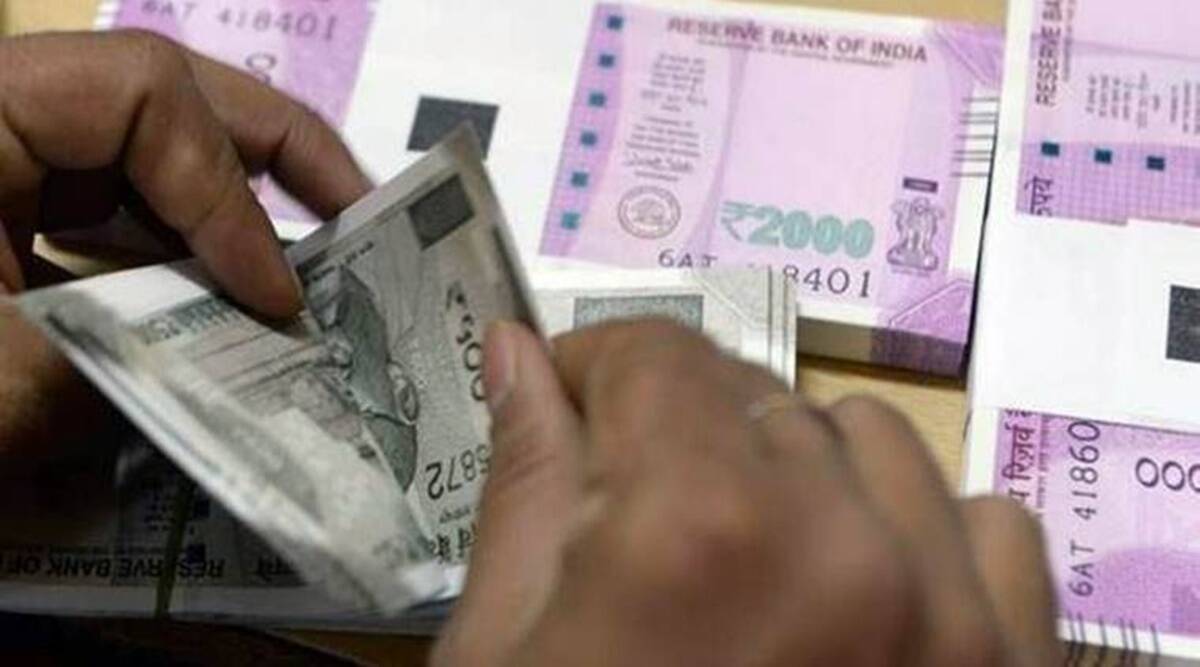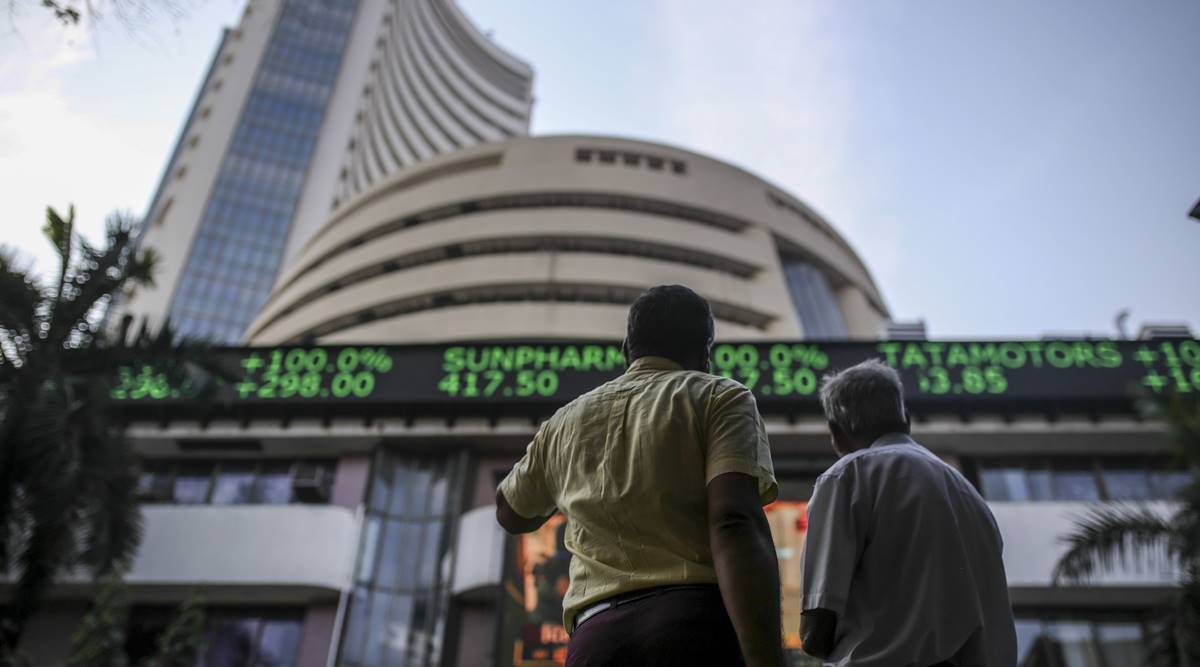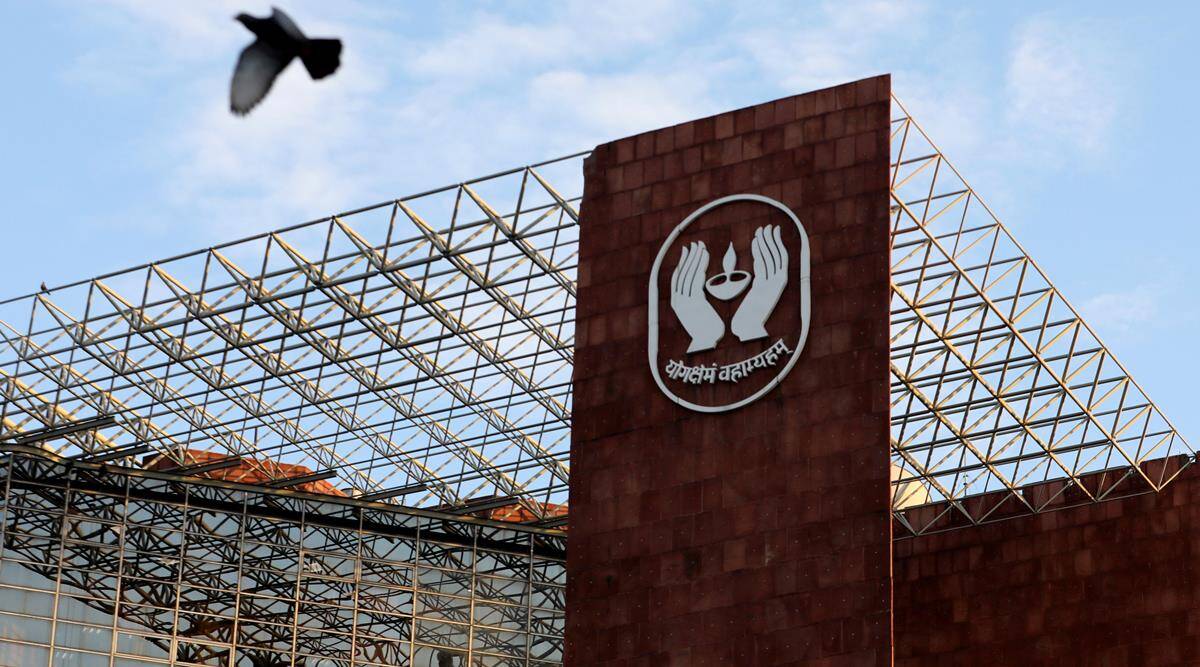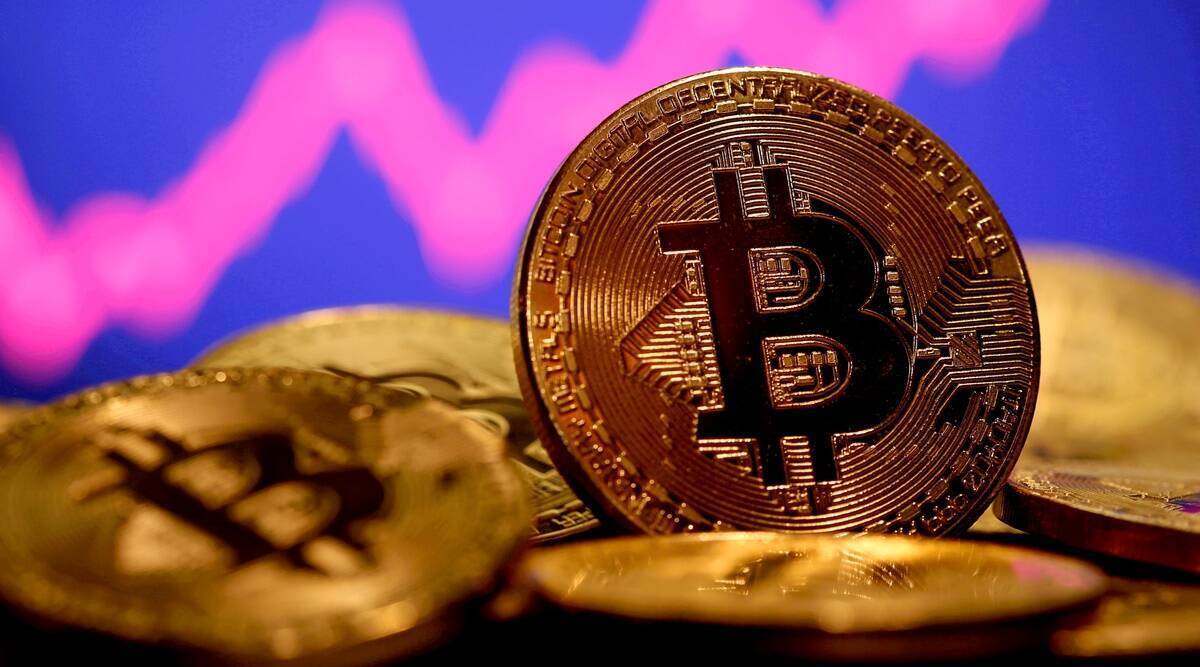[ad_1]
As FPIs continued to pull out funds from Indian equities in the quarter ended June 2022 amid rising inflation, interest rates and concerns over global growth, their share in NSE-listed companies fell to a 10-year low of 19.2 per cent.
In the same period, however, domestic institutional investors (DIIs), who continued to invest in Indian markets, raised their holding of Indian equities to an all-time high of 14.06 per cent.
According to data collated by primeinfobase.com the domestic retail holding (individuals holding up to Rs 2 lakh) also stood strong in April-June despite the Sensex witnessing a fall of nearly 15 per cent in the quarter from its closing on March 31, 2022. The retail share in National Stock Exchange (NSE)-listed entities stood at 7.4 per cent at the end of June, marginally lower over its highest share of 7.42 per cent seen in the quarter ended March.
“This further showcases the rise of domestic investors and the huge counterbalancing role they have played to foreign investors. To also put this in perspective, as on March 31, 2015, FPI share was 23.30 per cent while the combined share of DII, retail and HNI was just 18.47 per cent. The combined share of DII, retail and HNI now stands at an all-time high of 23.53 per cent,” said Pranav Haldea, managing director, PRIME Database Group.
During the quarter, while net outflows from FPIs stood at Rs 1,07,340 crore, net inflows from DIIs amounted to Rs 1,28,277 crore. The data shows that the gap between FPI and DII holding decreased to its lowest level in this quarter as DII holding is now just 26.77 per cent lower than FPI holding. (On March 31, 2022, DII holding was 31.99 per cent lower than FPI holding).
The FPI to DII ownership ratio too fell to a new low of 1.37 as on June 30, from 1.47 as on March 31. Over a 13-year period (starting June 2009), while FPI share has increased from 16.02 per cent to 19.2 per cent, DII share has risen from 11.38 per cent to 14.06 per cent.
The share of domestic mutual funds in companies listed on the NSE rose for the fourth quarter running and reached a 2-year high of 7.95 per cent as on June 30, 2022, up from 7.75 per cent as on March 31, 2022. This was after five quarters of consecutive decline from March 31, 2020 (7.96 per cent) to June 30, 2021 (7.25 per cent). The share has grown on the back of net inflows by domestic mutual funds of Rs 73,857 crore in the June quarter.
LIC’s share (across 286 companies where its holding is more than 1 per cent) rose to 3.92 per cent as on June 30, 2022 from 3.83 per cent as on March 31, 2022. Share of high net worth individuals (HNIs) (individuals with more than Rs 2 lakh shareholding in a company) in NSE-listed companies also declined to 2.08 per cent as on June 30 from 2.21 per cent on March 31.
Newsletter | Click to get the day’s best explainers in your inbox
While disclosure of holdings of FPIs by name is available only for holdings in a company greater than 1 per cent, Haldea said it is time for complete details of all their holdings to be made mandatory to be disclosed in India.
The share of the government (as promoter) in companies listed on the NSE saw a huge spike and reached 7.15 per cent as on June 30, from 5.48 per cent as on March 31. According to Haldea, this was primarily on account of the mega IPO of LIC.
The share of private promoters in NSE-listed companies declined to 44.33 per cent as on June 30, from 45.12 per cent on March 31.
[ad_2]
Source link
For more information call us at 9891563359.
We are a group of best insurance advisors in Delhi. We are experts in LIC and have received number of awards.
If you are near Delhi or Rohini or Pitampura Contact Us Here



